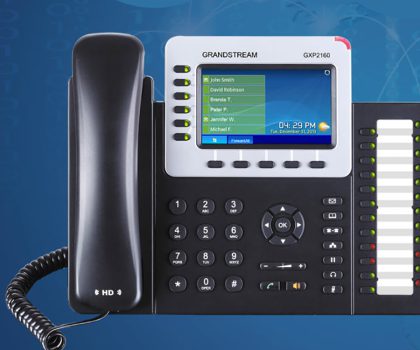
Two published reports this year are giving mixed grades on the effectiveness of Congress and the FCC to curb the consumer attack by robocalls and telemarketer scams. The FCC adopted rules requiring service providers to deploy a STIR/SHAKEN solution by June 30, 2021, as you know this deadline has come and gone without a total implementation.
There have been various reasons for the slow roll, with technology being the main one as many carriers continue to struggle with having a feasible way to move and receive voice traffic over an all SIP network, which is necessary for STIR/SHAKEN to work.
Has there been an impact?
According to a Robokiller report, scammers sent 78 billion robocalls in 2022, an 8% increase from a year ago, but a slower growth rate compared to 2021’s 32% increase. While the quantity has decreased statistically, the report also says the the quality of the scams dollar-wise have increased exponentially, as Americans lost $65 billion to robocall scams in 2022, more than double 2021’s $30 billion. The FCC estimates that the average scam amount is around $1200 per person.
Another regular reporter in scam calls is YouMail who also reported lower overall robocall numbers. According to YouMail, over 4.5 billion robocalls were generated in January, which is about the same in comparison to what consumers were getting in August of 2022.
Has STIR/SHAKEN truly accomplished what was mandated by Congress with the TRACED Act of 2019? If you were an experienced educator you would probably offer up a grade of incomplete at this point. You might also compare this to the little boy with his finger in a leaking dike. One thing for certain is that if there is money to be scammed, criminals will continue to use the telecommunications network to get their hands on it. It is worth mentioning that there are things you can do to help right now like the APMax TCM Call Screener that can be deployed quickly and protect your most vulnerable customers from these cruel attacks.



